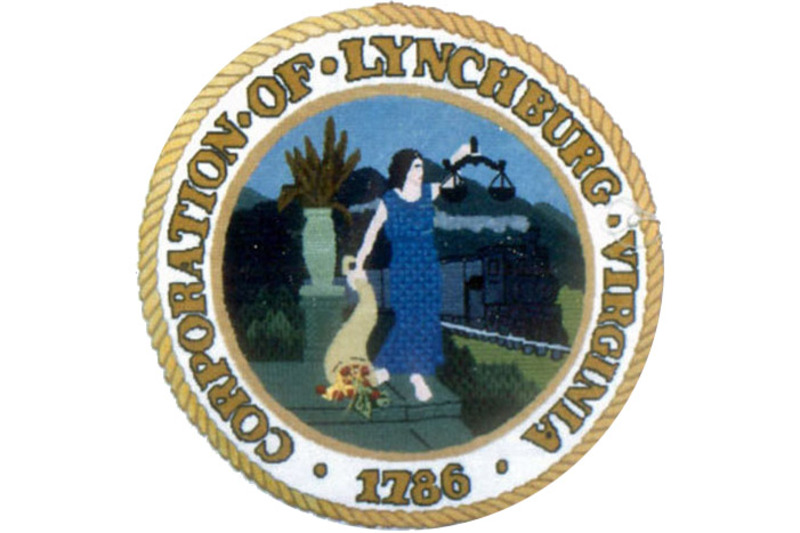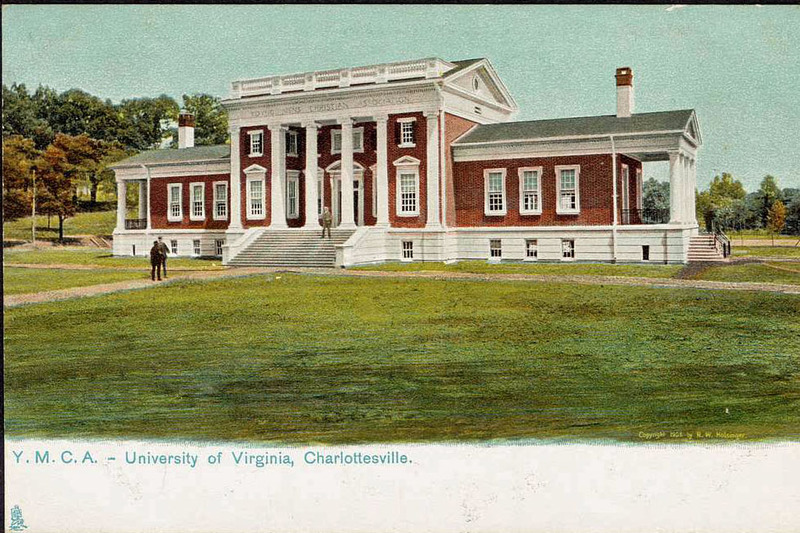Virginia State EEOICPA Statistics
DOL Part B and Part E Statistics
NIOSH Dose Reconstruction Statistics
Virginia EEOICPA Facilities
Facility descriptions credit: DOE
Babcock and Wilcox
Company's main plant at Mount Athos and the
Lynchburg Research Center, also known as the
Lynchburg Technology Center in Lynchburg, VA,
performed work for a variety of Atomic Energy
Commission (AEC) and DOE projects.
Babcock
and Wilcox Company's Nuclear Facilities Plant in
Lynchburg, VA, participated in the AEC's Oxide
Pellet Fabrication Program, which was managed by
the New York Operations Office. Records indicate
that shipments of enriched uranium were made to
and from the Fernald facility during the years
1968-1972. The company also recovered highly
enriched uranium from weapons scrap received
from the DOE's Oak Ridge facility between 1985
and 1996. In 1997 the Babcock & Wilcox Company
facility in Lynchburg, VA became the BWX
Technologies facility. From 1998 to 2000, the
company fulfilled a contract for the recovery of
enriched uranium from scrap materials containing
beryllium. The Lynchburg plant also participated
in a DOE-sponsored program called Project
Sapphire, under which the plant had
responsibility from 1995 to 2001 for
downblending enriched uranium obtained from the
government of Kazakhstan.
During the period
of residual contamination, as designated by the
National Institute for Occupational Safety and
Health and as noted in the dates above,
employees of subsequent owners and operators of
this facility are also covered under the Energy
Employees Occupational Illness Compensation
Program Act.
The Thomas Jefferson National Accelerator Facility is a basic research laboratory built to probe the nucleus of the atom to learn more about the quark structure of matter.
The University of
Virginia was involved with centrifuge technology
prior to the existence of the Manhattan Engineer
District (MED). Once established, the MED was
interested in this technology and records show
that the University of Virginia received UF6
from Harshaw Chemical Company in various
shipments as part of the MED’s efforts to
explore the use of this technology for the
production of UF6 in nuclear weapons. The MED
ultimately did not choose this method of uranium
production for the development of the bomb and
work on centrifuges temporarily ceased at the
University of Virginia by the end of 1944. The
centrifuge work was re-initiated in the mid-1950
but this latter work did not involve the
production of nuclear material for use in an
atomic weapon.
During the period of residual
contamination, as designated by the National
Institute for Occupational Safety and Health and
as noted in the dates above, employees of
subsequent owners and operators of this facility
are also covered under the Energy Employees
Occupational Illness Compensation Program Act.


